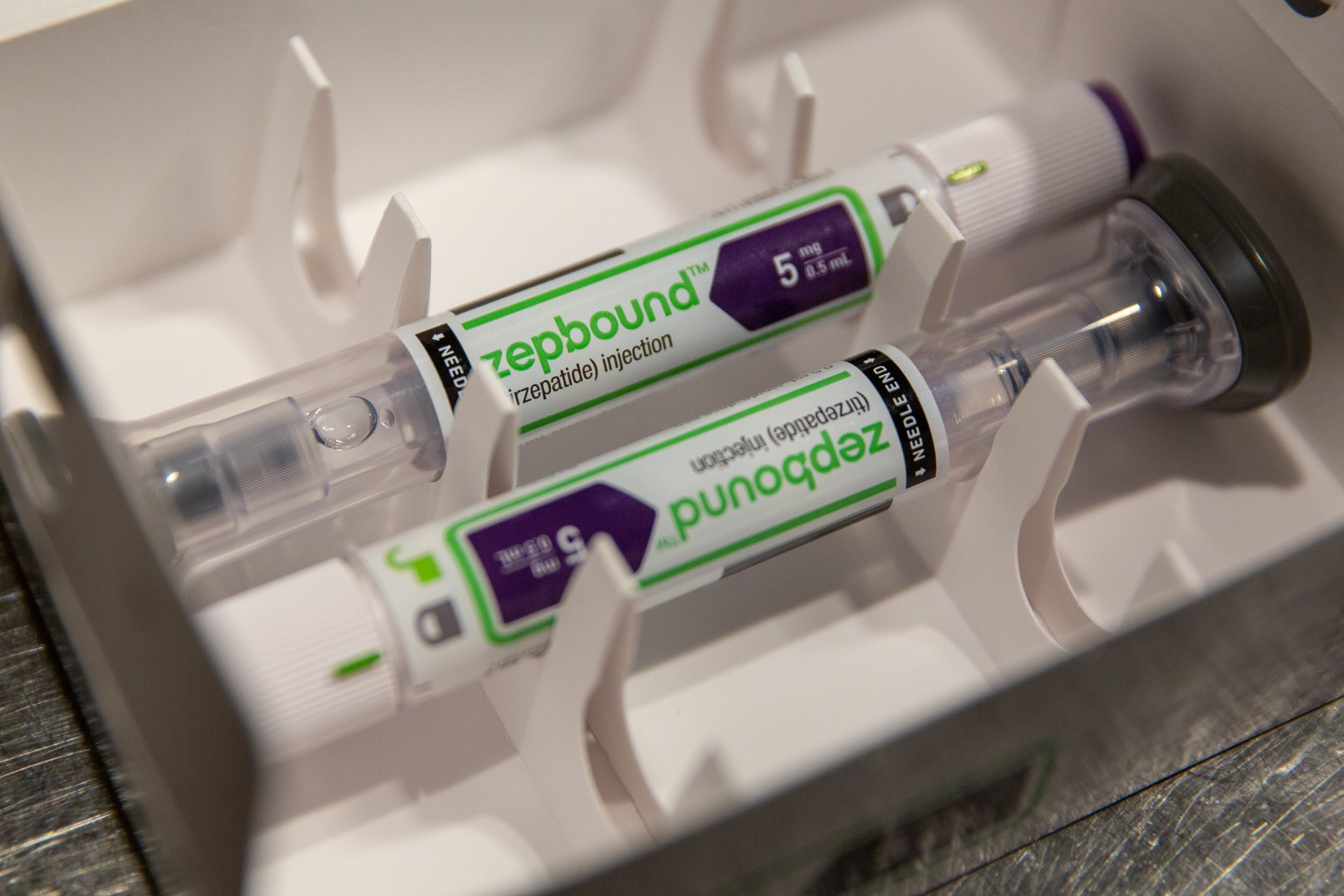Zepbound sales keep soaring, even as weight loss drug growth slows
Eli Lilly sold $4.9 billion worth of Zepbound in 2024

Sales of Eli Lilly’s (LLY) blockbuster weight-loss drug Zepbound surged in the fourth quarter despite missing the company’s initial sales expectations.
Suggested Reading
Zepbound sales reached $1.9 billion in the fourth quarter of 2024, compared with $176 million during the same period in 2023 — when it first launched. The drug just met analysts’ expectations, according to a consensus estimate from FactSet (FDS). This was the first full quarter in which the weight-loss drug was no longer in shortage.
Related Content
The company’s stock rose just over 2% during morning trading on Thursday.
Despite impressive sales, Eli Lilly previously warned investors that growth for the medication didn’t meet its initial high expectations this past quarter. The company revised its fourth-quarter guidance last month, citing weaker-than-expected demand.
The company’s total sales for the year across all drugs came to $45 billion. Eli Lilly projects that sales in 2025 will reach between $58 billion and $61 billion.
Meanwhile, rival Novo Nordisk (NVO), the maker of competing drugs Ozempic and Wegovy, also signaled that weight-loss drug sales aren’t growing as fast as previously expected. During its quarterly earnings report on Tuesday, Novo Nordisk said it expects sales growth to slow in 2025 to between 16% and 24%. This projection follows a 26% growth in revenue for 2024, totaling $40.5 billion.
“It’s early days on a very, very large opportunity. There’s turbulence. I’ll own that,” Eli Lilly CEO David Ricks told investors during a call on Thursday when asked if the company is overestimating the weight-loss drug market. “We all we seek to put projections out that we can hit with confidence...within the range of possibilities. And, you know, in the back half of last year we fell short of that.”
Ricks added that the market consists of hundreds of millions of people globally and that the drugs not only treat obesity but other chronic diseases.
Overall, Eli Lilly’s profit rose 101% in the three months ending Dec. 31, reaching $4.4 billion, up from $2.2 billion in the same period the previous year. Fourth-quarter revenue increased 45% year over year to $13.5 billion from $9.3 billion. Earnings per share came in at $4.99, underperforming Wall Street expectations of $5.01, according to FactSet.
Zepbound belongs to a class of drugs known as GLP-1 or incretin medications — made popular by Novo Nordisk’s diabetes treatment Ozempic. These drugs mimic hormones that regulate appetite and blood sugar and have become highly sought after as treatments for obesity and Type 2 diabetes. Demand for these medications has turned Eli Lilly into the largest pharma company in the world.
Morgan Stanley (MS) analysts project that sales of these medications could reach $105 billion by 2030. The U.S. Food and Drug Administration (FDA) approved Zepbound last month as the first prescription drug to help alleviate moderate-to-severe obstructive sleep apnea (OSA) for adults with obesity.
Eli Lilly is already testing stronger versions of these medications and an oral version.
“We enter 2025 with tremendous momentum and look forward to strong financial performance and several important Phase 3 readouts which, if positive, will further accelerate our long-term growth,” Ricks said in a statement, teasing results expected this year for late-stage trials of the company’s next-gen medications.